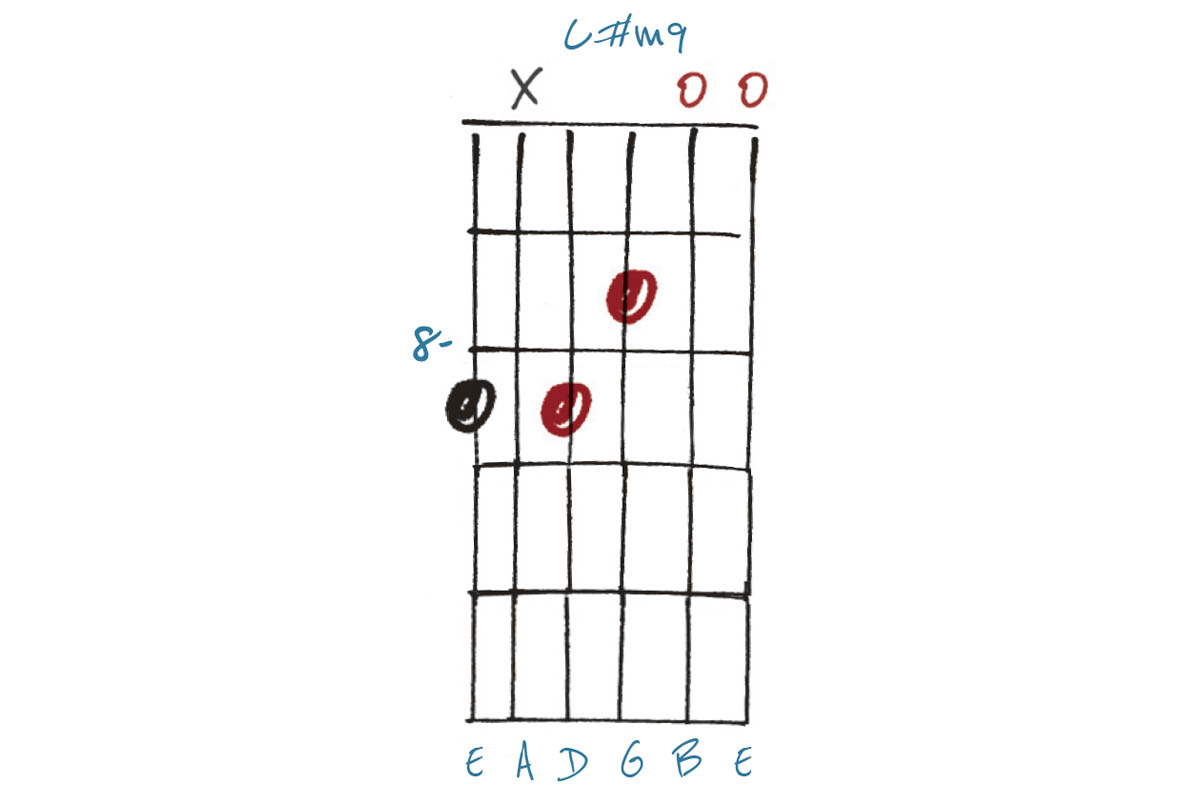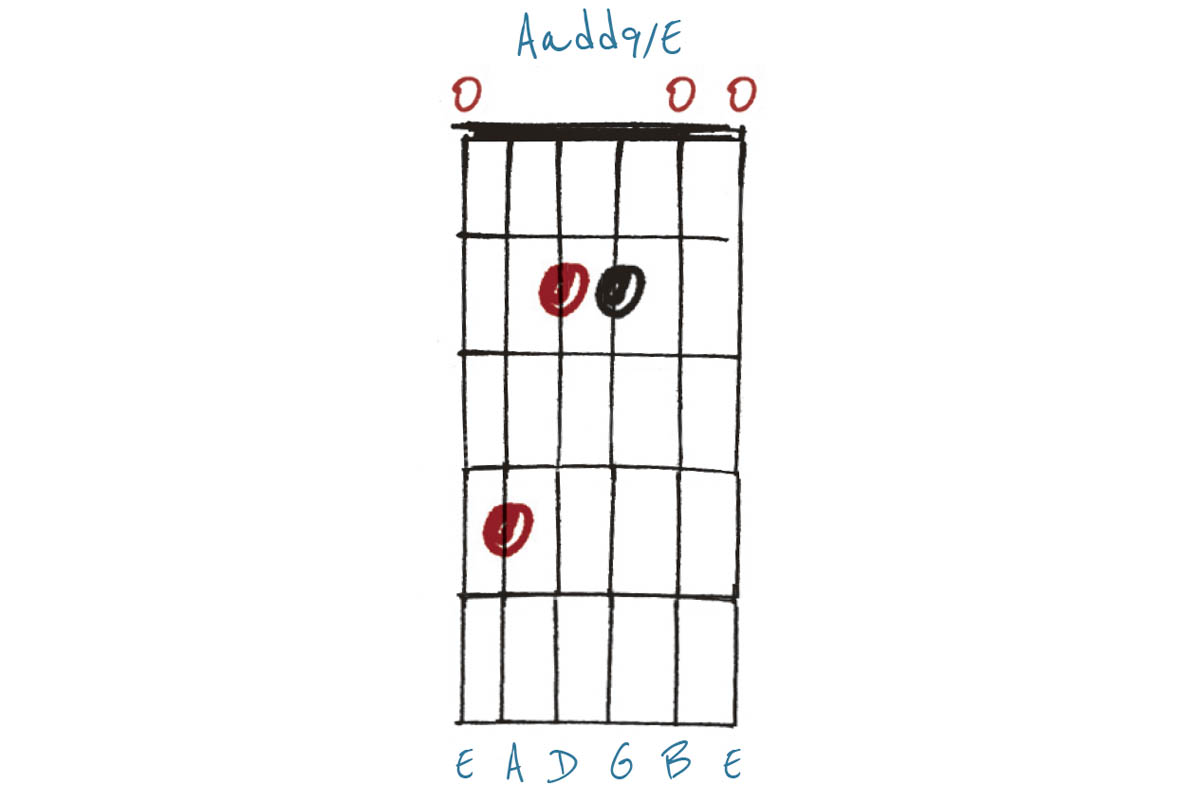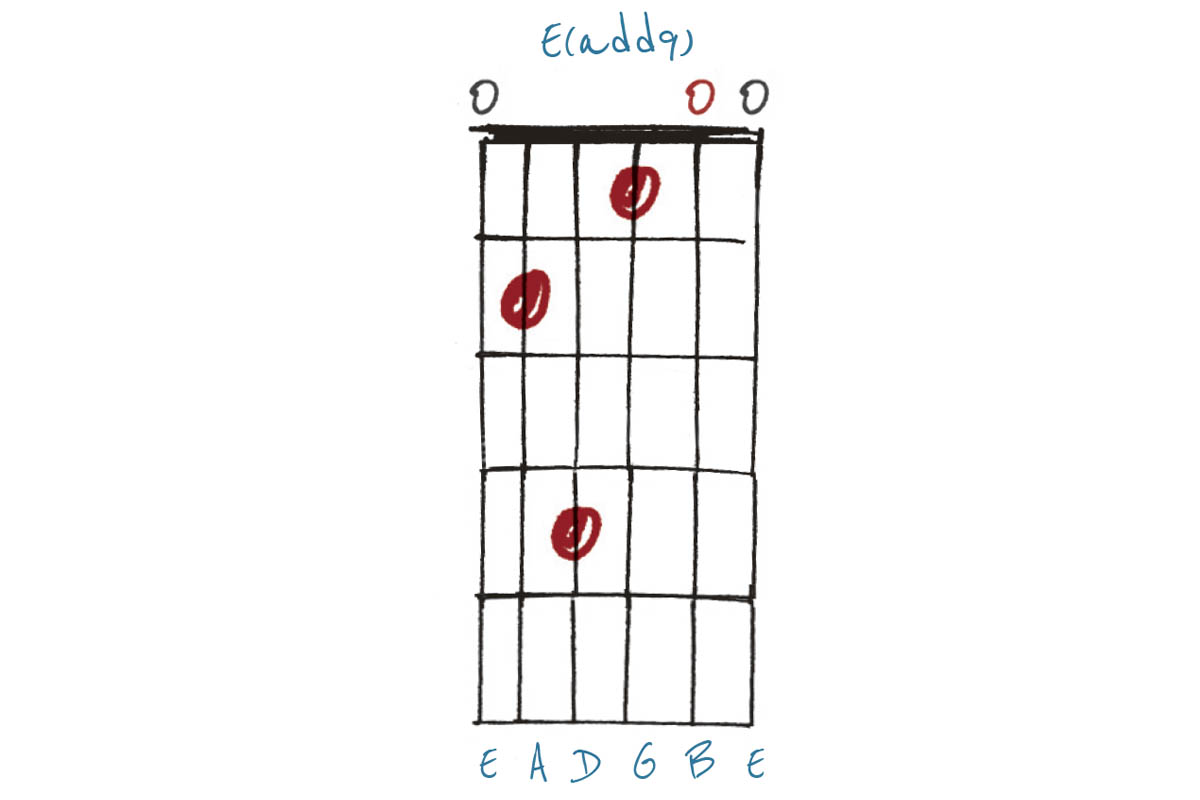“There’s nothing wrong with a good honest E, C# minor or B, but sometimes it’s nice to give things a twist”: Make like Joni Mitchell, Steve Hackett and Steve Howe and freshen up your chords with alternative voicings
By incorporating open strings, you can give your chords more color and keep the ear interested. Here are five voicings that are certified fresh

There’s nothing wrong with a good honest E, C# minor or B, but sometimes it’s nice to give things a twist – and that’s what we’re doing with this lesson’s theme of alternative voicings using open strings. Players such as Joni Mitchell, Steve Hackett and Steve Howe have all demonstrated this with considerable aplomb.
In these examples, I’ve used the open first and second strings to keep a jangle at the top-end, while looking to stray from the norm – and perhaps even emulate the effect of using an alternative/open tuning. In a band mix, it can also be desirable to keep a certain uniformity to the sound, so arranging chords like this can make it easier for the mixer to feature your guitar more prominently.
The five examples below will work equally well on acoustic or electric guitar (without too much distortion) and will hopefully lead you to make some other happy discoveries along the way.
Example 1. C#m9
This C#m9 omits the fifth string – this is done by allowing the (usually second) finger fretting the root on the sixth string to lay across and stop it ringing. We get a 7th (B) from the fourth string at the 9th fret, plus the open second string.
The 9th is added at the 8th fret of the third string. Finally, the minor 3rd (E) is added courtesy of the open first string. Some duplication of notes is going on, but it’s still an interesting sound.
Example 2. Add9/E
This example looks and sounds very much like an Asus/E, but there is more going on in the low-end. The presence of the C# on the fifth string means we should call it an Aadd9/E.
This is particularly reminiscent of Joni Mitchell’s open-tuned chords and makes a great ‘set up’ as a IV chord returning to E major. In fact, that’s exactly where we’ll be going shortly, but there will be a twist to that one, too!
All the latest guitar news, interviews, lessons, reviews, deals and more, direct to your inbox!
Example 3. E(add9)
This is an alternative take on the E major chord but a sort of ‘deluxe’ version. Your ears, skill and judgement will tell you whether it’s appropriate or not to replace this with a regular E major.
Note that removing the first finger from the G# on the third string and leaving this open gives us an open G natural. This is the b3rd, making a lovely Em(add9). Be sure to experiment with the other examples in a similar way where possible.
Example 4. B7sus4
If this sounds like B7sus4 to you, you’re correct! The 4th (E) is heard on the open first string, with the root (B) appearing on the open second string and the 2nd fret of the fifth string.
Looking more closely, you’ll see this is similar to the more conventional barre chord version of B7 that appears in this position but with the advantage of the ringing open high strings – and less effort for the fretting hand.
Example 5. Emaj7
This is an unusual ‘stacking’ of notes, with a little dissonance in the low-end, but the most technically correct name for it is Emaj7. The major 7th itself (D#) is happening down on the fifth string, adjacent to the root (E) on the open sixth.
That’s the reason for the dissonance, but it’s easy to omit the sixth string. Moving onto the fourth string we find the major 3rd (G#), then the open second and first strings (B and E) give us the 5th and root respectively.
As well as a longtime contributor to Guitarist and Guitar Techniques, Richard is Tony Hadley’s longstanding guitarist, and has worked with everyone from Roger Daltrey to Ronan Keating.






